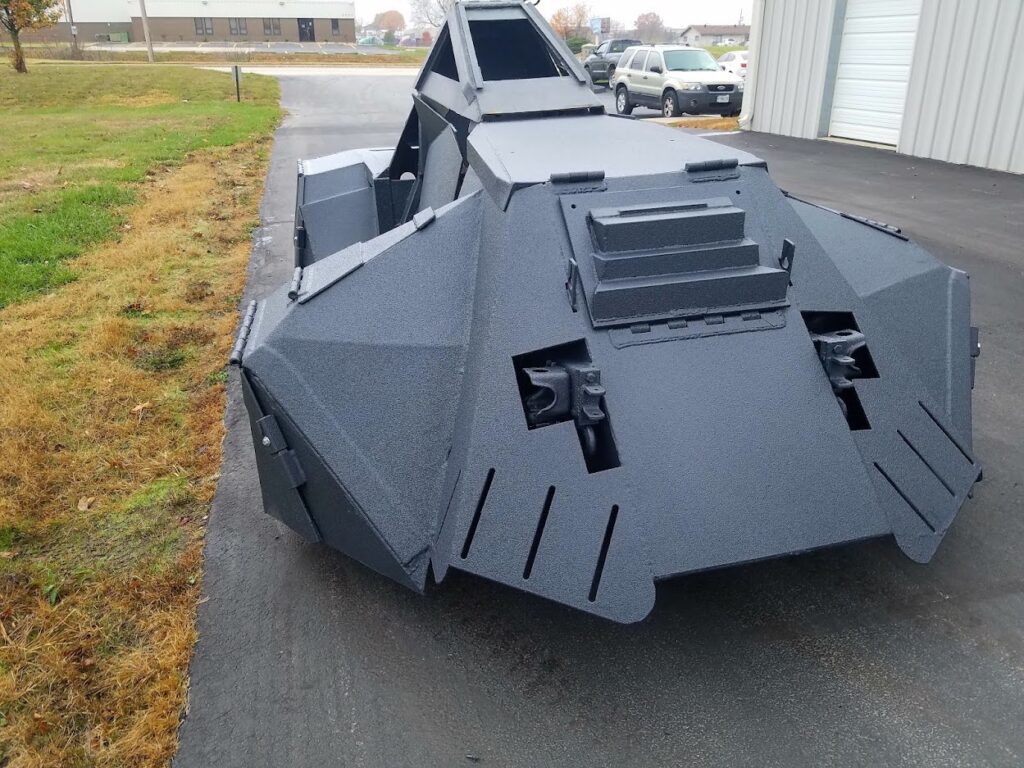
Polyurea, a versatile and long lasting coating material has become widely popular across industries over time. Starting from its origins to being a preferred option, for protective coatings the history of polyurea showcases its impressive evolution. This article will explore the beginnings, growth and uses of polyurea emphasizing its impact on the field of coatings.
Origins and Early Development;
The journey of polyurea dates back to the mid 20th century when scientists were experimenting with ways to improve polyurethane coatings performance. In the 1950s Dr. Otto Bayer, a chemist from Germany uncovered the reaction between isocyanates and amines that led to the creation of polyurea. However it wasn’t until the 1980s that polyurea gained recognition as a coating material.
The Emergence of Polyurea;
Polyureas ascent in popularity can be credited to its characteristics such as tensile strength, resistance to chemicals and quick curing time. These attributes made it an excellent choice for applications ranging from coatings to waterproofing solutions.
At first polyurea found its place in the industry where it was utilized for truck bed liners because of its resistance, to abrasion and ability to provide impact protection.
Polyureas advantages became increasingly evident leading to its expansion, into sectors such as construction, oil and gas marine applications and even artistic installations.
Advancements in Polyurea Technology;
Over time significant progress in polyurea technology has improved its performance and versatility. One notable breakthrough was the development of hybrid polyurea coatings that blend the strengths of polyurea with materials like polyurethane or epoxy. This innovation allowed for customization and adaptability to meet project needs.
Another key advancement was the introduction of plural component spray equipment, which transformed the application process. This equipment enables mixing and spraying of polyurea resulting in coatings with minimal waste. The ease and efficiency of application have made polyurea a preferred option for projects.
Applications of Polyurea;
The versatility of polyurea coatings has led to their use across industries. In construction polyurea is applied for waterproofing foundations, roofs and parking structures to provide lasting protection, against moisture and corrosion. Its quick curing time allows for project completion reducing downtime and boosting efficiency.
In the oil and gas sector polyurea coatings are employed for safeguarding pipelines, tank linings and offshore installations.
The outstanding chemical resistance of polyurea ensures its durability, in environments protecting infrastructure from rust and deterioration.
Polyureas impact in the sector is also significant. Its ability to endure exposure to saltwater, UV rays and extreme weather conditions makes it an excellent option for boat hulls, decks and other marine uses. The seamless quality of polyurea coatings also prevents water infiltration extending the lifespan of marine vessels.
Looking Forward;
With advancements on the rise the future prospects of polyurea seem bright. Ongoing efforts in research and development are focused on improving its characteristics like fire resistance and thermal insulation. Moreover the increasing demand for coatings has spurred the creation of bio based polyurea reducing the ecological footprint associated with conventional coatings.
In Conclusion;
The history of polyurea reflects its evolution from a laboratory discovery to a coating solution. Its exceptional qualities, versatility and ease of use have established it as an option across industries. As we anticipate what lies ahead further progress, in polyurea technology will undoubtedly bring about opportunities reinforcing its status as a coating solution.







